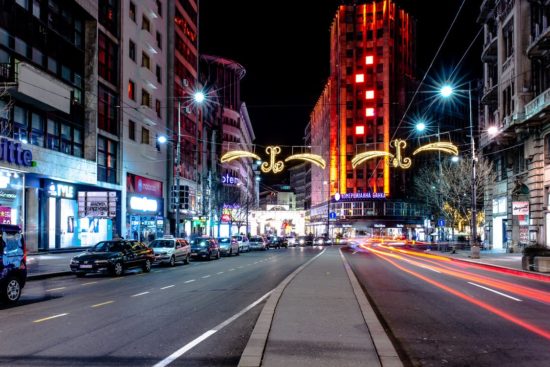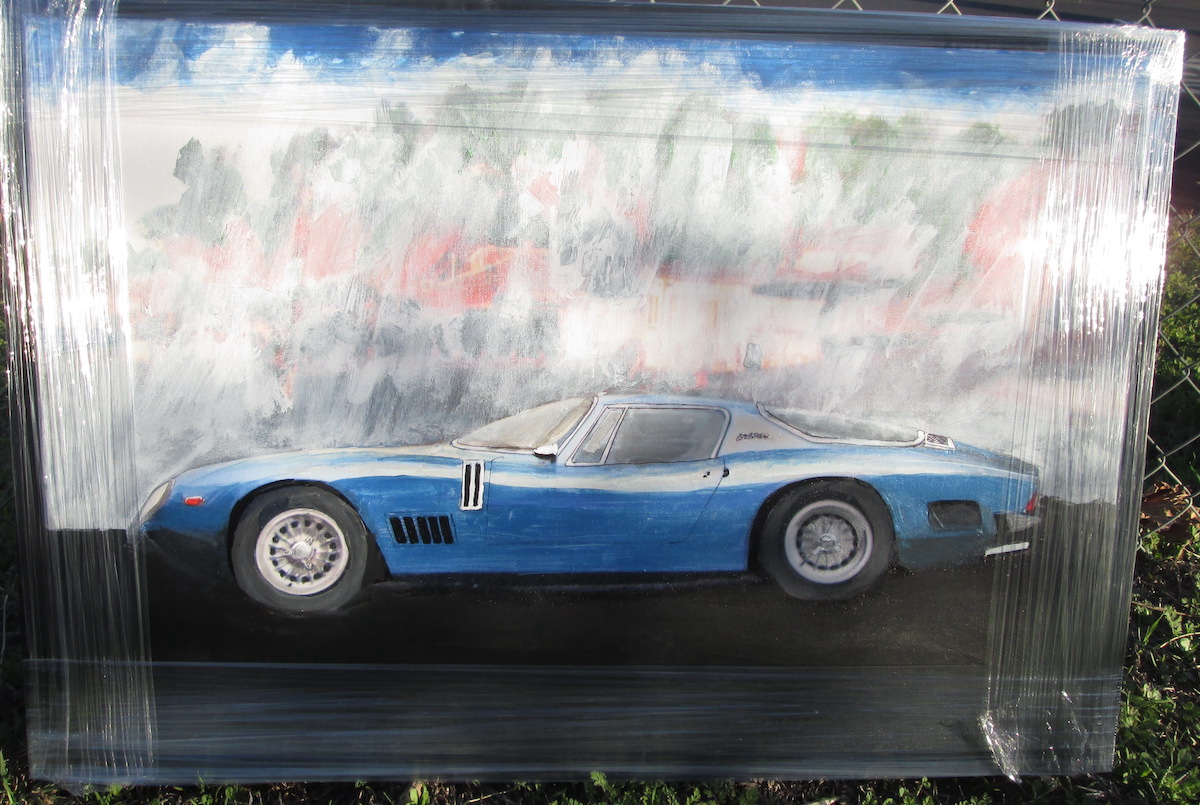Urban vehicle collisions are typically assessed through visible damage—twisted metal, broken glass, and bodily injury. However, what lies beneath the surface often carries even more profound implications.
In cities like Tampa, Florida, where rapid growth and increasing traffic congestion intersect daily life, these seemingly ordinary collisions are silently reshaping personal lives, community health, infrastructure stability, and even societal behavior. The scope of unseen consequences demands deeper understanding, more than what statistical charts or insurance reports can reveal.
Navigating Legal Complexities in Collision Aftermath
One of the most overlooked yet pivotal challenges following an urban vehicle collision lies in navigating the legal aftermath. Unlike accidents in rural settings, urban collisions often involve multiple parties, intricate traffic patterns, surveillance footage, and, at times, even structural deficiencies in public infrastructure. Sorting through liability in such environments can quickly become a complex ordeal involving insurance disputes, legal filings, and municipal entanglements.
Securing qualified legal representation is critical to managing these complications. When working with a car accident lawyer Tampa based expertise can provide a distinct advantage. A professional familiar with the city’s traffic laws, zoning ordinances, and courtroom dynamics is better equipped to interpret case nuances and avoid common procedural missteps. This local insight helps ensure victims are properly guided through the claims process and have the strongest possible foundation to secure fair outcomes in the aftermath of a collision.
The Economic Ripples: Personal and Societal Costs
The economic ramifications of vehicle collisions go beyond repair bills and hospital invoices. For many urban dwellers, a vehicle is tied to their livelihood. A collision that damages or totals a car often disrupts their ability to work, attend school, or carry out family responsibilities. This can lead to income loss, missed opportunities, and increased reliance on public services.
At a macro level, cities shoulder substantial financial strain due to collisions.
Emergency services, traffic management, roadway repair, and legal proceedings collectively drain public resources. Even minor fender benders can create substantial traffic delays, resulting in lost productivity and increased emissions. Insurance premiums often rise across the board, even for unaffected drivers, creating broader economic burdens.
Additionally, businesses face disruptions in logistics, employee punctuality, and customer access—amplifying the financial ripple effect across the urban economy.
Infrastructure Fatigue and Urban Decay
Urban collisions exert a subtle but accumulating toll on city infrastructure. Constant impacts on guardrails, traffic lights, sidewalks, and road dividers gradually wear down city systems. Repeated stress from accidents weakens structural integrity, especially on aging roads and bridges. These micro-damages, often overlooked in routine inspections, compound over time to cause serious safety hazards.
Moreover, frequent collisions contribute to the deterioration of public spaces. Crosswalks with broken signals, curbs scarred by tires, or intersections regularly blocked by disabled vehicles compromise the walkability and aesthetic of neighborhoods. Over time, this decay discourages pedestrian activity, lowers community morale, and inflates long-term maintenance and rehabilitation costs for city governments.
Social Tensions and Community Strain
Urban accidents have a way of laying bare social inequalities. In many cities, underserved neighborhoods report higher collision rates due to poorly designed roads, inadequate signage, and limited law enforcement presence. This fosters resentment and feelings of neglect among residents, who perceive the danger on their streets as evidence of systemic indifference.
Additionally, collisions often become flashpoints in disputes over road use between motorists, cyclists, and pedestrians. Urban mobility has become increasingly diverse, with bike lanes, scooter rentals, and pedestrian-friendly zones creating friction points. Accidents in these mixed zones ignite debates about who holds the right of way, safety prioritization, and equitable access to roadways.
Environmental and Health Impacts
A less visible but equally concerning consequence of urban collisions lies in their environmental fallout. Spilled fuel, leaked coolant, shattered glass, and scattered metal can infiltrate urban drainage systems, pollute waterways, and harm plant life. While large-scale cleanups may occur after major accidents, minor collisions often leave a residue that accumulates unnoticed, degrading the urban environment incrementally.
Collisions also contribute to increased air pollution. Idling engines during traffic congestion, detours around accident scenes, and extended travel times collectively spike fuel consumption. This directly contributes to urban smog and worsens respiratory conditions for nearby residents.
The Invisible Burden on Emergency Services
Every urban collision activates a chain reaction across emergency systems. Firefighters, paramedics, and police are routinely dispatched—often for non-life-threatening events. While such responses are crucial, they strain already overburdened urban services, especially during peak hours or emergencies elsewhere in the city. This diverted attention can delay responses to more critical incidents.
Additionally, hospital emergency rooms experience ripple effects from traffic collisions. Even low-impact crashes result in patient influxes, overwhelming staff, and slowing down care for more serious cases.
The constant intake of minor injuries consumes valuable resources, reducing the system’s ability to respond quickly to life-threatening conditions or large-scale emergencies that demand immediate attention.
Behavioral Changes and Public Attitudes
Urban collisions subtly reshape how people behave on the road. Repeated exposure to accidents can normalize reckless behavior or encourage overcautiousness. Some drivers adopt aggressive tactics to “beat the traffic,” while others become hyper-aware and anxious behind the wheel. Both reactions can lead to further instability in driving culture.
These behavioral shifts extend to public attitudes toward urban transportation. Communities experiencing high accident rates may begin resisting urban development projects out of fear of increased danger. For instance, resistance to new bike lanes or pedestrian crossings may arise not from their inconvenience but from a belief that more shared road usage increases collision likelihood.
In the quiet aftermath of urban collisions, the scene appears to settle—vehicles towed, debris swept, and traffic resumed. But beneath that surface, the lives involved continue to ripple outward in subtle and complex ways.
From legal challenges to economic setbacks and environmental degradation, the unseen consequences of urban vehicle collisions are as vast as they are overlooked. A more compassionate, well-informed, and system-oriented approach is crucial in addressing these cascading effects.



Speak Your Mind